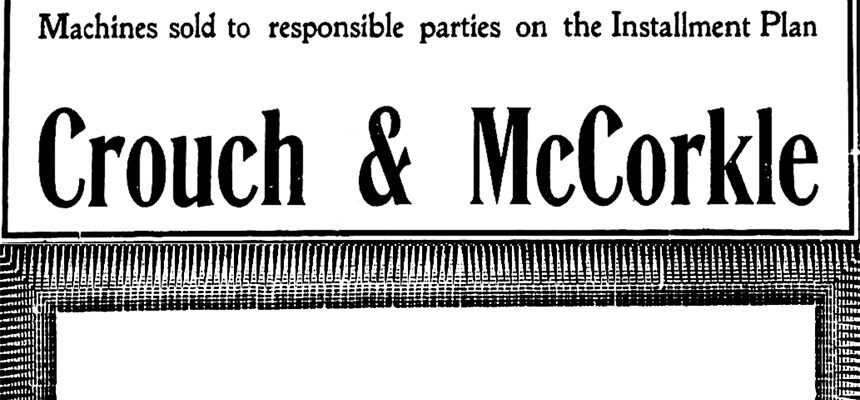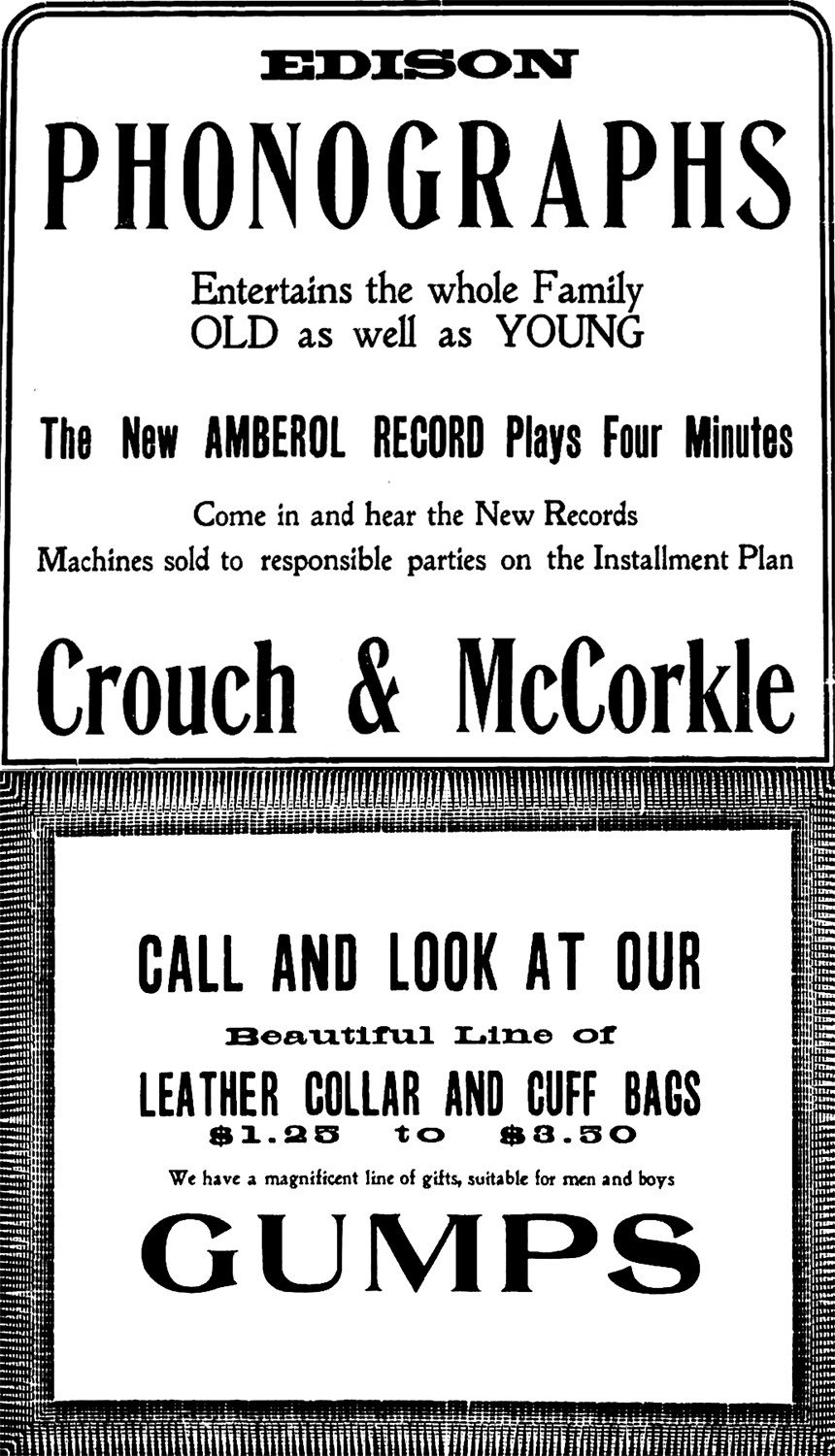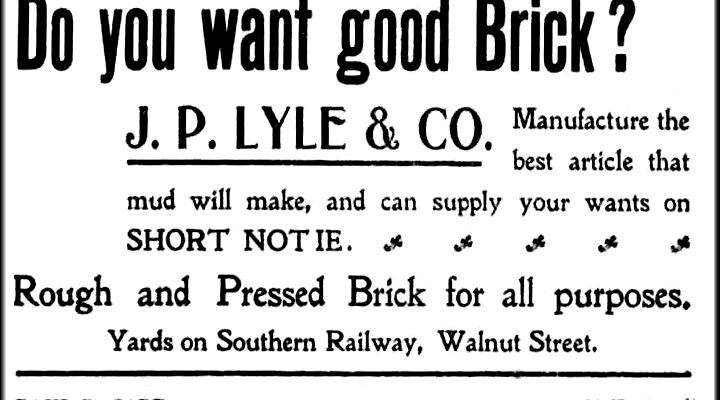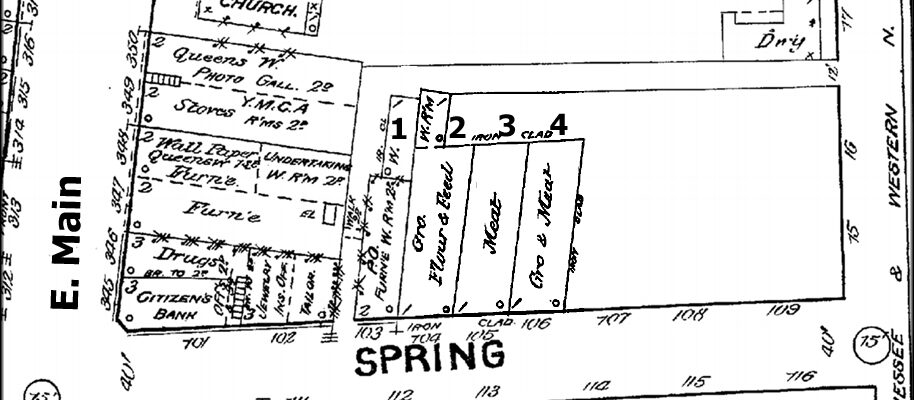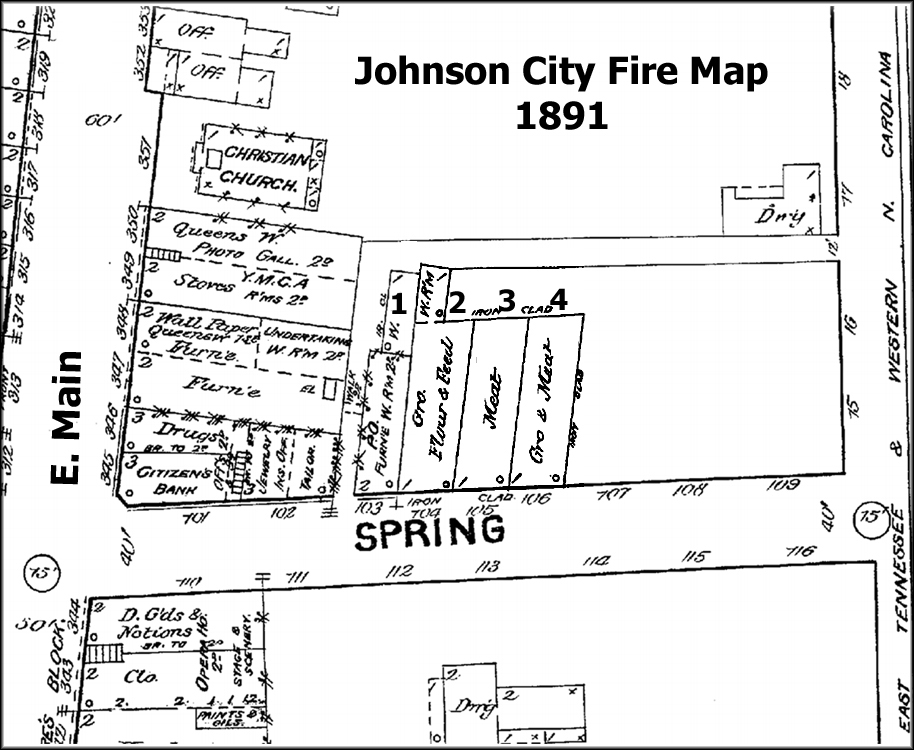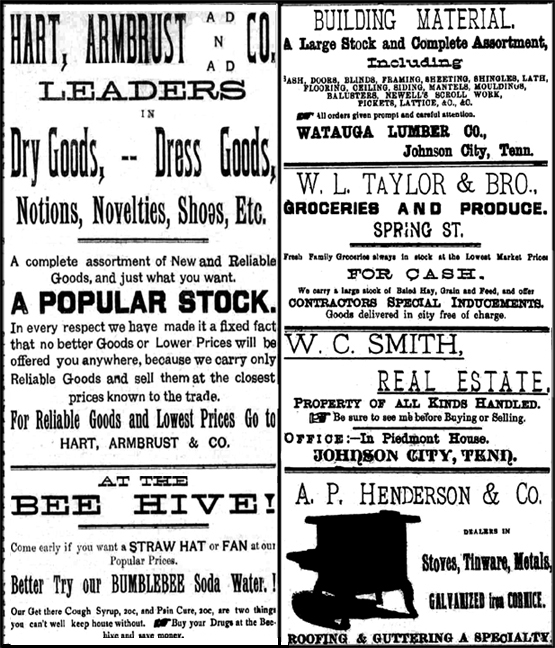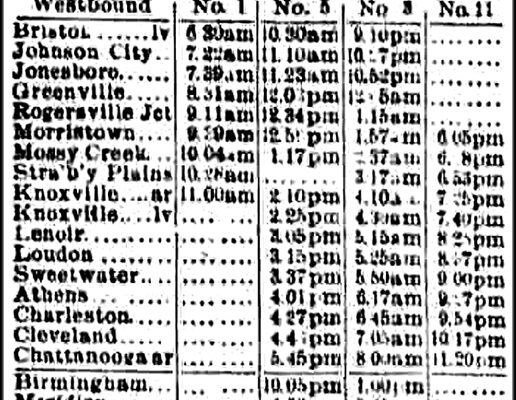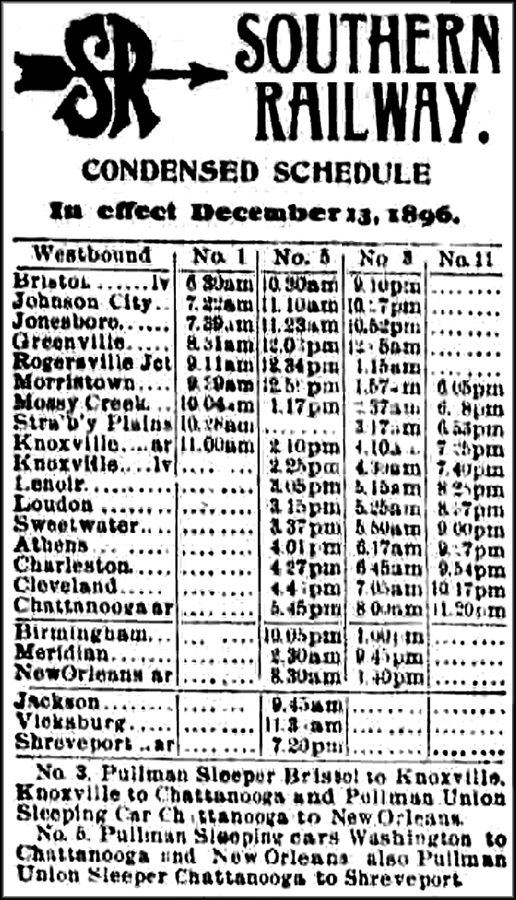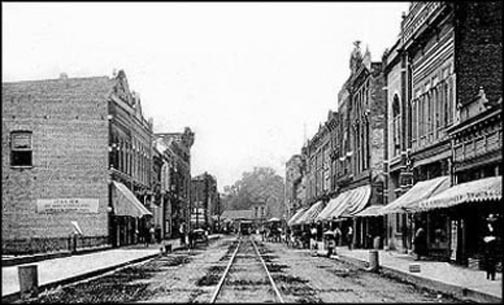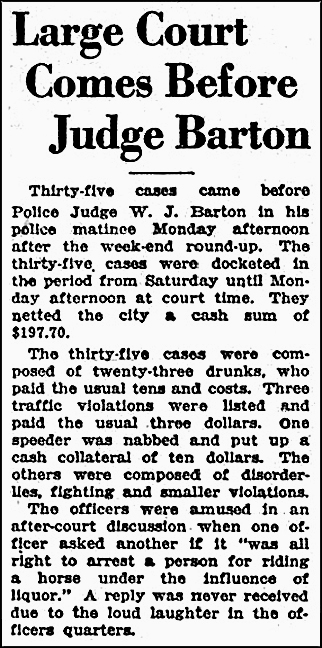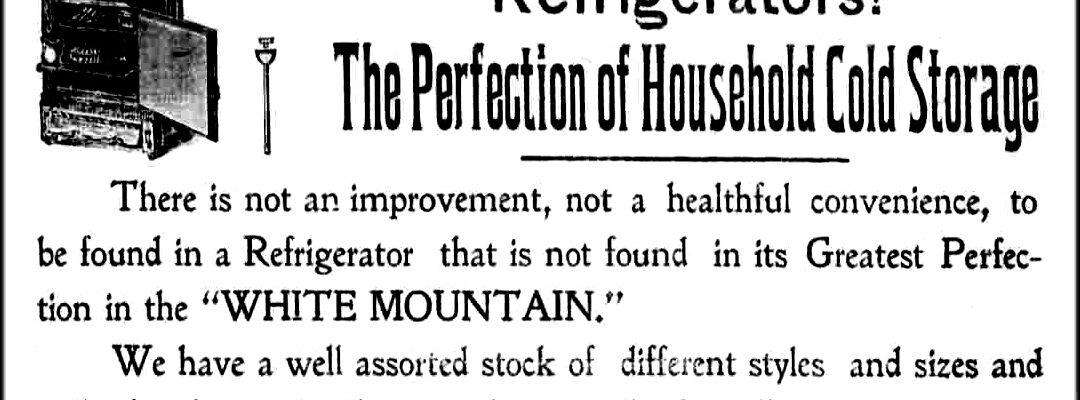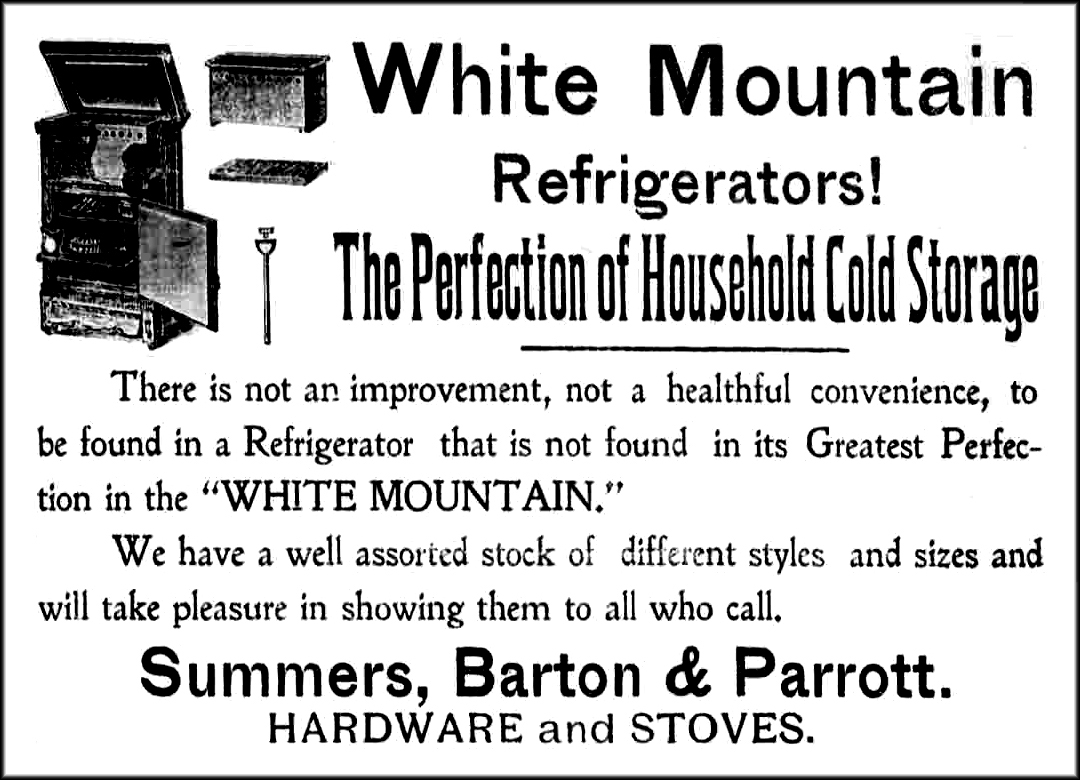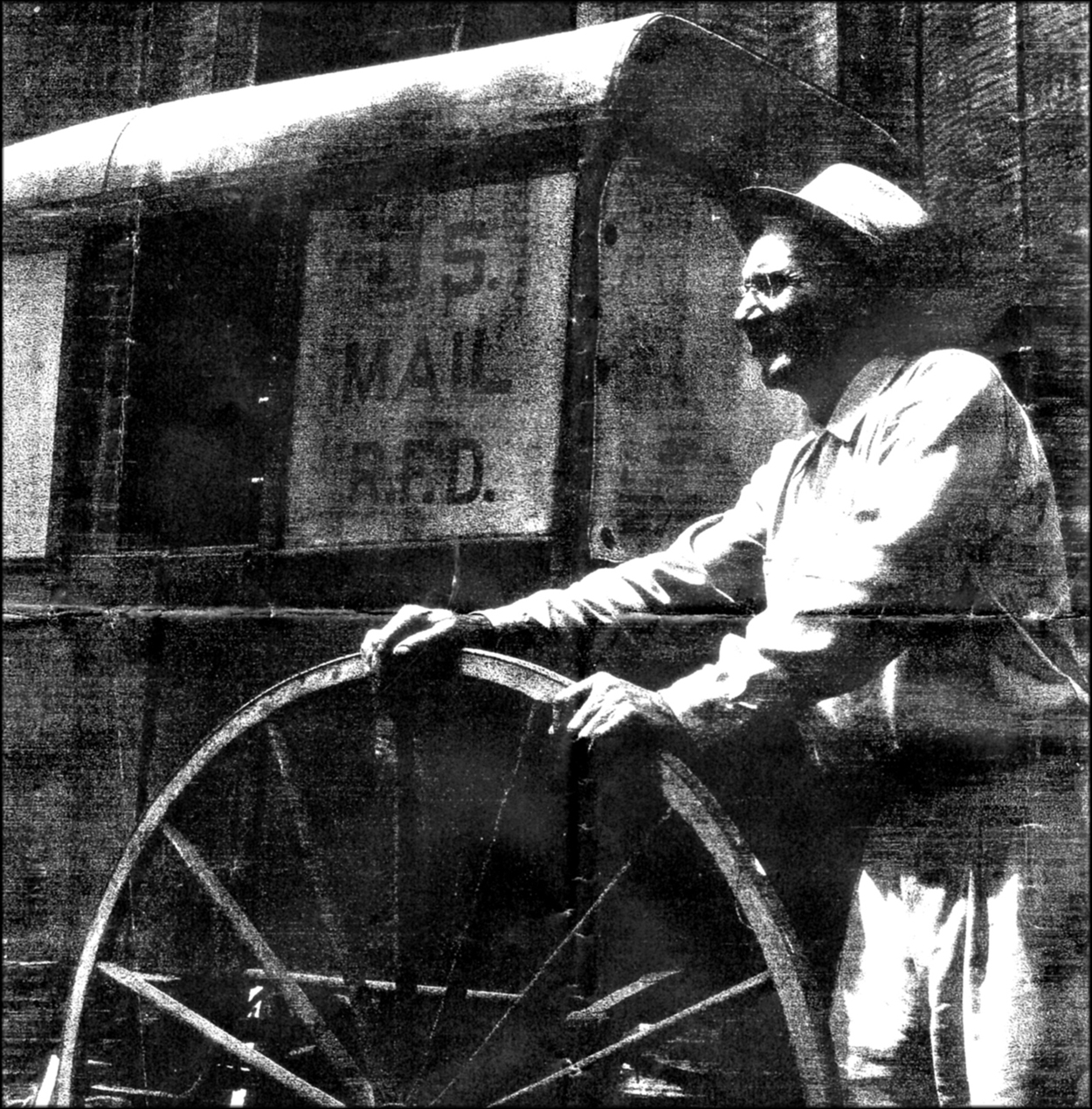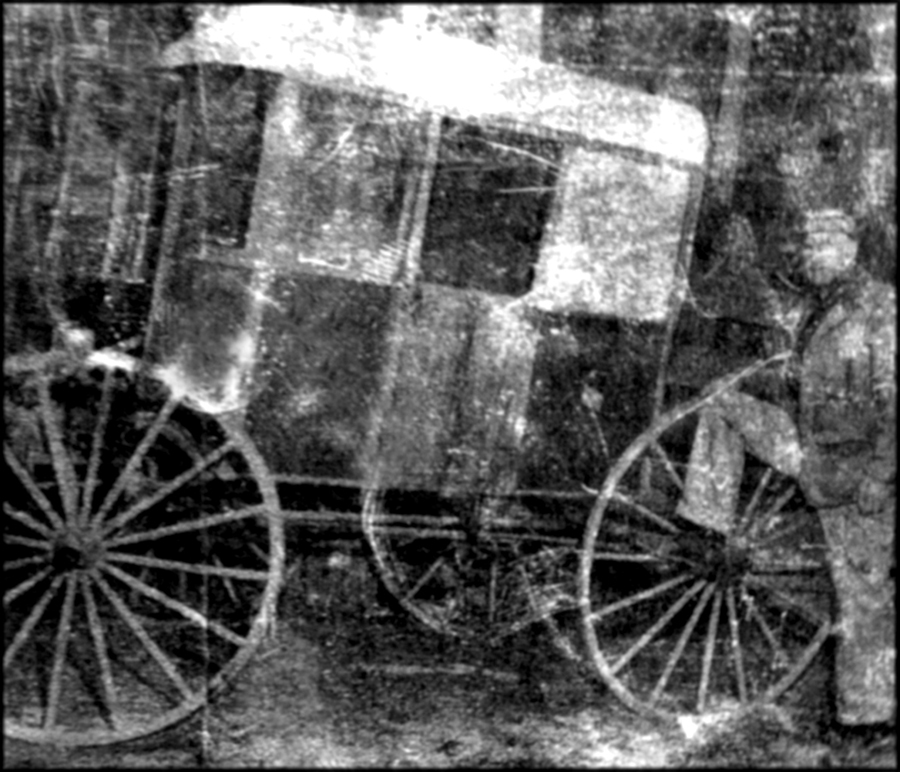The fifth annual convention of the Southern Appalachian Good Roads Association, held in Roanoke, Virginia for two days in 1911, was highly successful toward accomplishing the purpose for which the organization was created.
Deep interest in improved roads was manifested throughout the sessions. Especially noticeable was the enthusiasm of local men present who were overly interested in improved conditions of the country's highways and doing so right away.
The economic side of good roads was the basis of one speaker from Columbia, SC who noted that it was too late in the world's history for him or any other man to tell how highways formed the basis of all commerce. In the early days of barter and trade, good roads were the essential means of transportation and communication between those who had things to sell and those who wished to buy.
All of the glory of Rome, he said, had faded and had crumbled into dust, except her highways, which yet remained to show how true was the expression that “all roads lead to Rome.”
The speaker spoke of the manner in which the great cotton crop of the South was marketed and how, with good roads, thousands of dollars would be saved each year to the grower. He noted that 99 percent of all the crops in the country were hauled over country roads and that from two to three hundred million dollars was practically thrown away each year by hauling them over dreadfully maintained highways.
The people must see that their representatives in Congress and in the State legislatures redeem the promises made before the election, regarding good road legislation and State and Federal aid. They must keep their word.
The next speaker was a representative of the Southern Railway Company, who mentioned the pioneer work in the good road cause, which his railway had done and was yet doing by means of good roads for trains, which traveled throughout the South.
Another attendant addressed the practicability of using sand-clay roads in this section of the country. He said that this would depend largely upon the proximity of the products. He had not thoroughly traveled in this section of this country, but thought that a limestone option would likely be more advantageous.
The life of a sand-clay road, the speaker said, depended largely upon the kind of traffic over it. The automobile, he noted, was its best friend and it was the cheapest of all roads to maintain. He further pointed out a number of cautions to be observed in building a road of this kind.
Another interesting discussion was the manner of securing rights of way and it was shown that, in Virginia, the method pursued was tedious and often resulted in delays. In North Carolina, the roads would be first built and the land condemned afterward. In Tennessee, condemnation proceedings could be instituted either before or after the road had been built.
The editor of The Carriers' Messenger, the Southern publication of rural carriers, introduced a suggestion at the Thursday afternoon session that had as its purpose the co-operation of the association with rural mail carriers in the improvement of the post roads and thus the securing of Federal aid for such highways.
Eight resolutions were adopted at the meeting before it adjourned. One expressed to the people of Roanoke through the Chamber of Commerce, its sincere appreciation of the many courtesies extended the delegates to the convention and the enthusiastic co-operation given the convention in all it had planned to accomplish.
The association further desired to thank Roanoke's YMCA for its kindness and consideration in allowing the convention the use of its splendid hall and other conveniences.
True to form, a vigorous discussion ensued concerning where to hold the 1912 convention. Although representatives from Atlanta, Asheville and Nashville made a strong bid, they decided to let the Executive Committee handle the task. With that, the convention adjourned.
